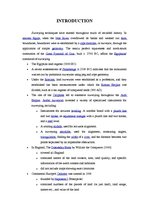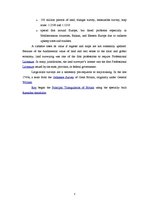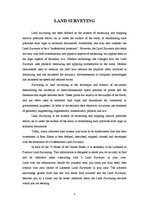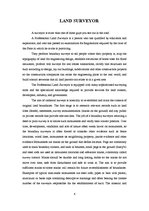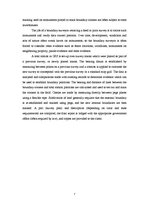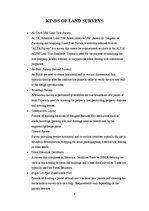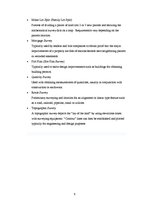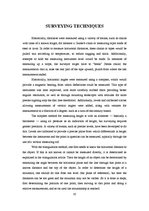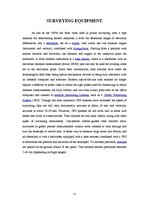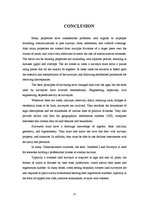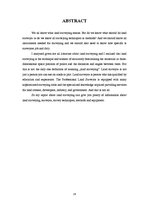-
Land Surveying
CONCLUSION
Many properties have considerable problems with regards to improper bounding, miscalculations in past surveys, titles, easements, and wildlife crossings. Also many properties are created from multiple divisions of a larger piece over the course of years, and with every additional division the risk of miscalculation increases. The result can be abutting properties not coinciding with adjacent parcels, resulting in hiatuses (gaps) and overlaps. The art comes in when a surveyor must solve a puzzle using pieces that do not exactly fit together. In these cases the solution is based upon the research and interpretation of the surveyor, and following established procedures for resolving discrepancies.
The basic principles of surveying have changed little over the ages, but the tools used by surveyors have evolved tremendously. Engineering, especially civil engineering, depends heavily on surveyors.
Whenever there are roads, railways, reservoir, dams, retaining walls, bridges or residential areas to be built, surveyors are involved. They establish the boundaries of legal descriptions and the boundaries of various lines of political divisions. They also provide advice and data for geographical information systems (GIS), computer databases that contain data on land features and boundaries.
Surveyors must have a thorough knowledge of algebra, basic calculus, geometry, and trigonometry. They must also know the laws that deal with surveys, property, and contracts. In addition, they must be able to use delicate instruments with accuracy and precision.
In many Commonwealth countries, the term Chartered Land Surveyor is used for someone holding a professional license to conduct surveys.
Typically a licensed land surveyor is required to sign and seal all plans, the format of which is dictated by their state jurisdiction, which shows their name and registration number. In many states, when setting boundary corners land surveyors are also required to place survey monuments bearing their registration numbers, typically in the form of capped iron rods, concrete monuments, or nails with washers.
…
Surveying techniques have existed throughout much of recorded history. In ancient Egypt, when the Nile River overflowed its banks and washed out farm boundaries, boundaries were re-established by a rope stretcher, or surveyor, through the application of simple geometry. The nearly perfect squareness and north-south orientation of the Great Pyramid of Giza, built c. 2700 BC, affirm the Egyptians\' command of surveying.

